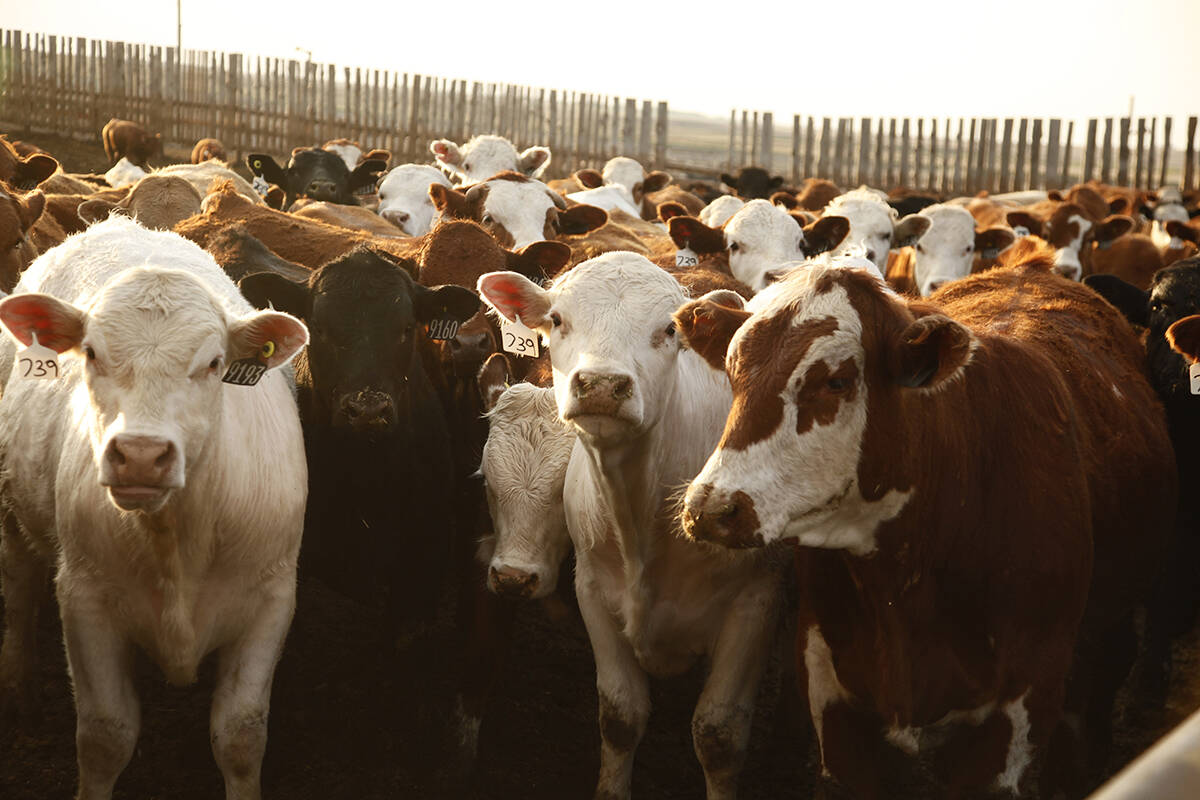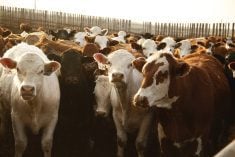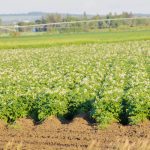RED DEER, Alta. – An ambitious plan to boost agricultural exports may be deleterious to the prairie landscape.
Canada wants to increase its agricultural exports from three to four percent of the world market.
To meet that target, livestock and cropland expansion is necessary but it could put pressure on a limited land base.
Prairie Agriculture Landscapes, led by the federal government’s Prairie Farm Rehabilitation Administration, is studying ways to help growth occur, as well as learning what effect it may have on the land and society.
Read Also

Canada’s simplified BSE testing program shows good uptake
Going by the number of submitted material samples so far, cattle producers’ response so far to an updated national surveillance program for BSE is encouraging for Canada’s CFIA.
The studies also want to learn how various farm agencies may help producers make good land management decisions, said Dean Smith of the PFRA at the Alberta agricultural economists association annual meeting in Red Deer.
The information will be analyzed by commodity groups, universities and government to come up with strategies that promote sustainable agricultural growth.
The first of these studies is expected to be released this August.
A preliminary release of information using 1996 land management census material offered a breakdown of land use on the three prairie provinces and the Peace River district of British Columbia.
There are about 128 million acres available in the West. In the three prairie provinces there are about 74 million acres of cropland, 12 million in summerfallow and 42 million acres of pasture.
“In order to achieve the type of growth that we would require to meet these export targets, we would have to convert 20 percent of the summerfallow to cropland,” Smith said.
This growth requires an additional 10 million acres of land and even by taking land out of fallow there would still be a shortfall of about 2.5 million acres.
“We need a productivity increase that would be the equivalent of 4.5 million hectares (11 million acres),” he said.
While the chances for growth are substantial, it could significantly affect the resource base.
While no solid data is available on erosion, salinity or water problems, earlier studies reported significant erosion between the 1960s and 1980s. No long-term erosion studies are available to build a baseline.
“Some of the literature suggests maybe those losses were higher than what we talked about before,” he said.
An additional question asks whether producers will be able to make a profit if they farm more land more intensively.
The Conference Board of Canada in 1998 said prices for agricultural products should continue to decline but outputs of the agricultural economy overall would increase because more value would be added to commodities down the line.















